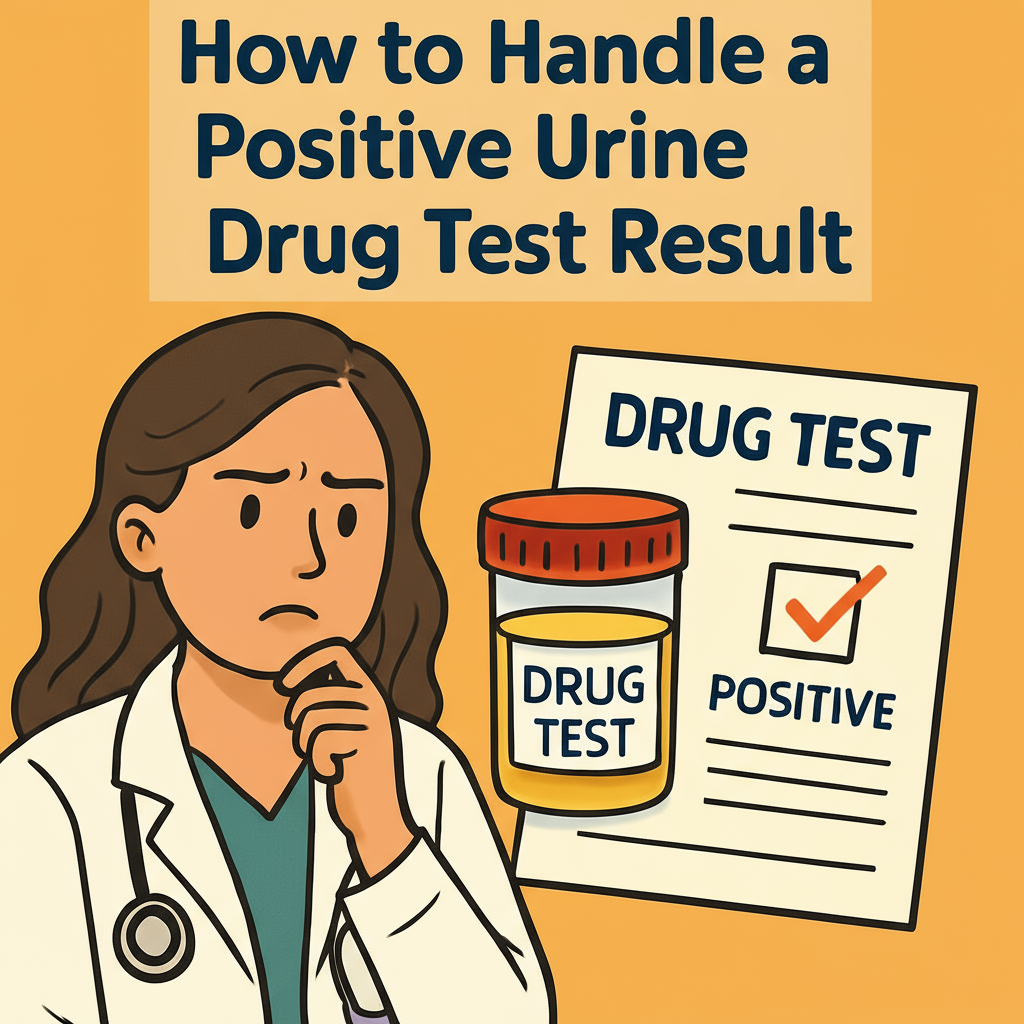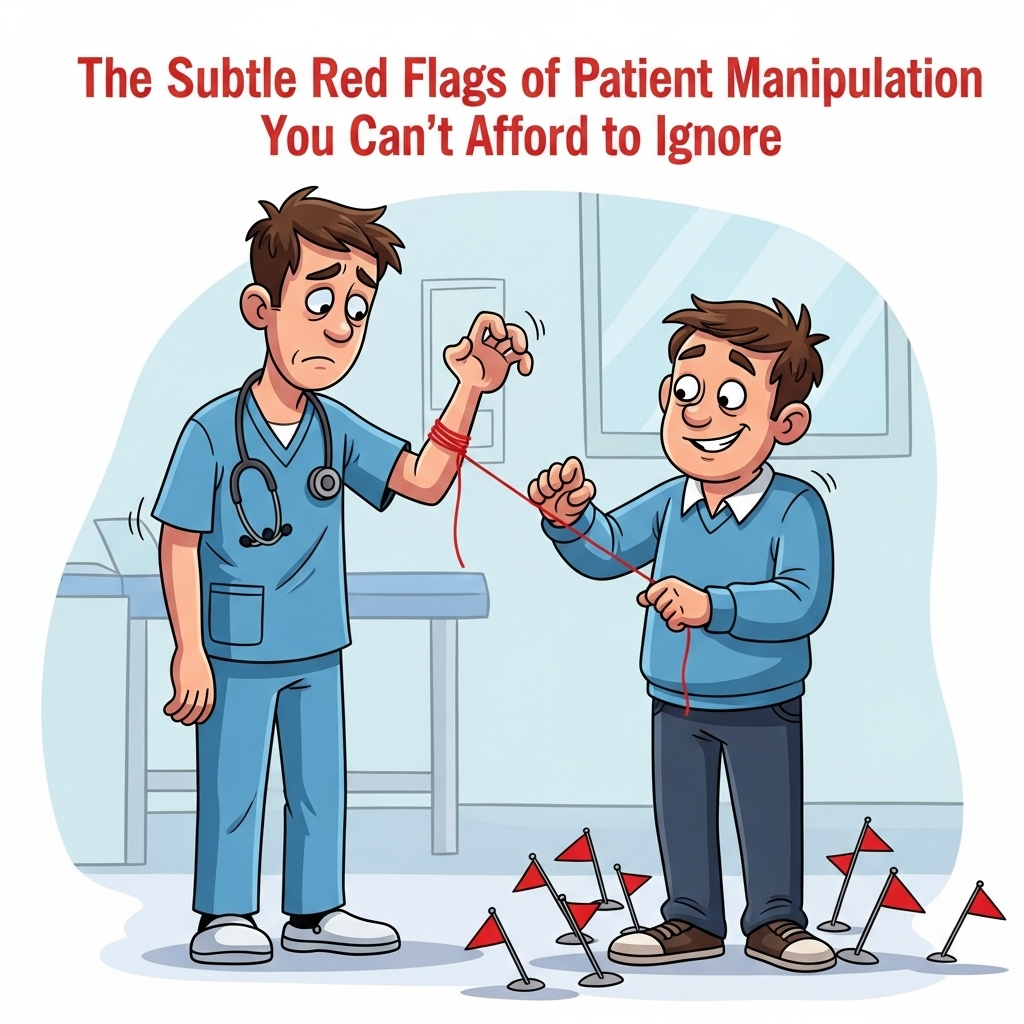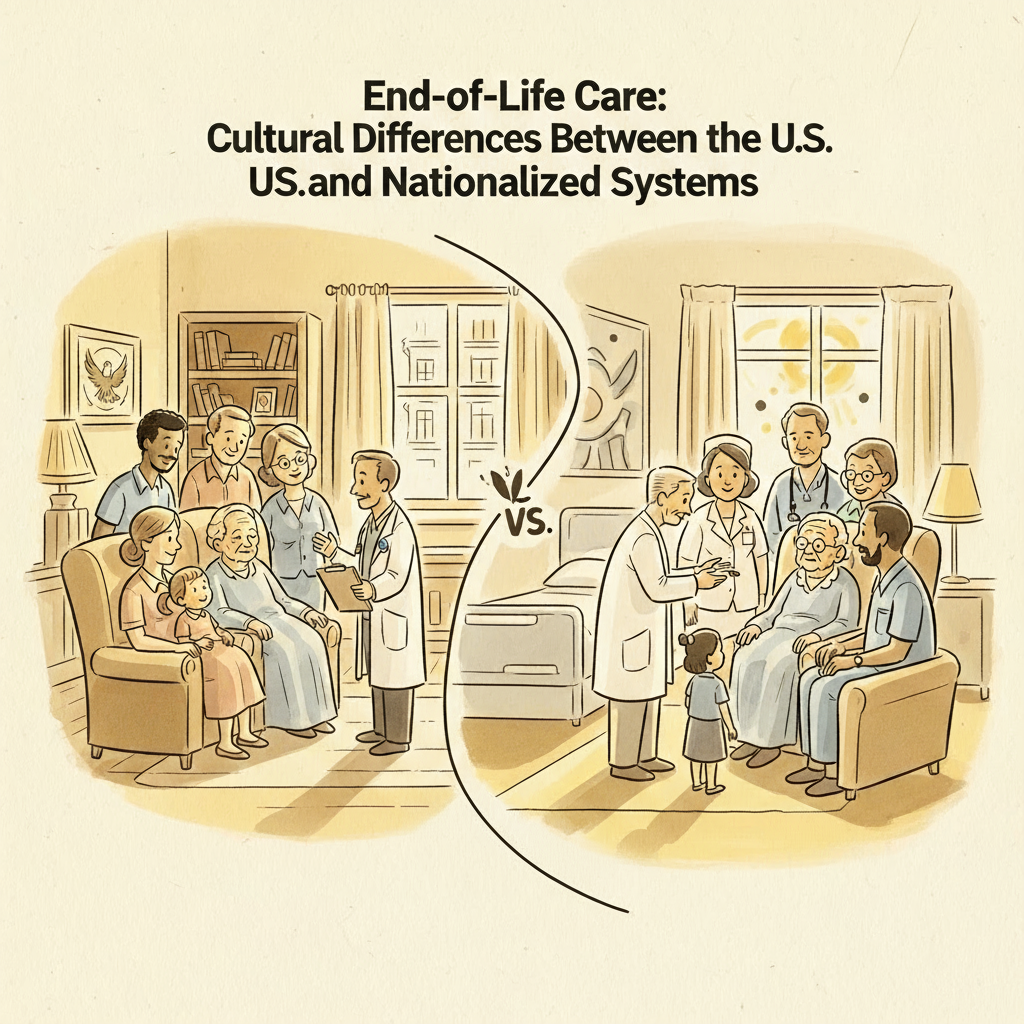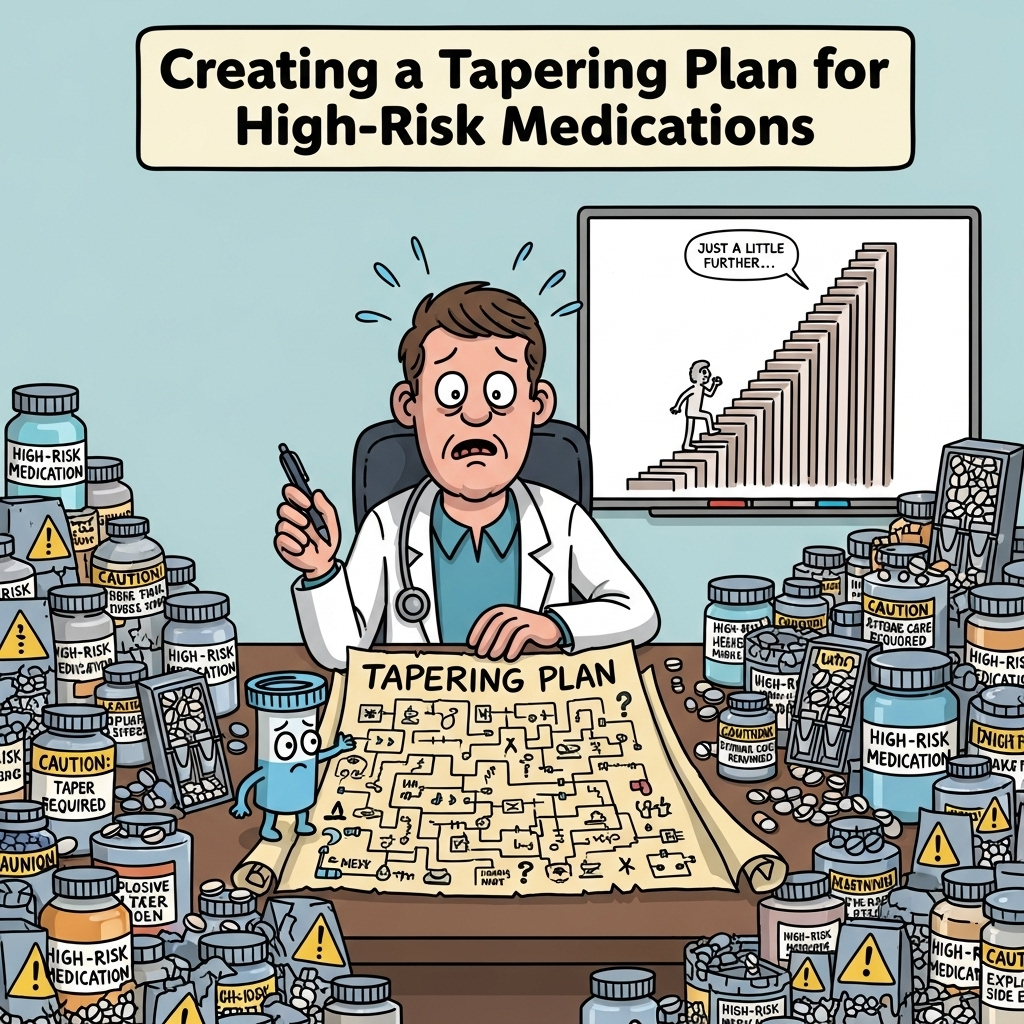
How to Handle a Positive Urine Drug Test Result
Doug Jorgensen
April 5, 2025
Introduction: A Test Result Is Just the Beginning
Urine drug testing (UDT) is a key part of controlled substance risk mitigation.
But when a test comes back positive for unexpected substances—or negative for a prescribed medication—it’s not enough to simply record the result and move on.
How you respond can protect patient safety, preserve your license, and demonstrate regulatory compliance.
Step 1: Confirm the Result
- Review the Lab Report Carefully – Understand which substances were detected, their concentrations, and the test’s limitations. Screening UDT are not enough and not valid for penalties like probation or enhanced monitoring.
- Check for False Positives/Negatives – Some medications, foods, and medical conditions can cause inaccurate results.
- Order a Confirmatory Test – Gas chromatography–mass spectrometry (GC-MS) or liquid chromatography–tandem mass spectrometry (LC-MS/MS) can rule out false results.
Accurate drug testing relies on a two-step process: initial screening followed by confirmatory analysis. Rapid urine cup tests or chemistry analyzers offer quick presumptive results but can yield false positives. Therefore, all positive screenings require validation via Mass Spectrometry (LC-MS or GC-MS), the gold standard for definitive identification and concentration. Skipping the confirmatory step risks inaccurate decisions with severe consequences. This combined approach ensures efficient initial detection and irrefutable accuracy, safeguarding the testing process and individuals..
Step 2: Compare to the Patient’s Medication List
- Verify whether the detected substance & metabolites match prescribed therapy.
- For missing medications/metabolites, assess whether timing, metabolism, or adherence could explain the absence.
Step 3: Initiate a Patient Conversation
- Use a Nonjudgmental Tone – Patients are more likely to be truthful if they don’t feel accused.
- Ask Open-Ended Questions – “Tell me about any new medications, supplements, or substances you’ve used recently.”
- Document the Discussion – Record the patient’s explanation, even if you remain skeptical.
We maintained a list of “dead grandmothers” (I am being serious) as it’s an excuse patients gave who couldn’t attend a urine drug test or pill count. After a patient’s third or fourth “deceased” relative made it “impossible” for them to visit the office, we would address the pattern.
Step 4: Assess Risk and Determine Next Steps
- If the Result Matches Clinical Context – Document and continue current monitoring.
- If the Result Raises Concern:
- Increase visit frequency.
- Require more frequent UDT. Perhaps monitor UDT with staff.
- Consider tapering or discontinuing the controlled substance.
- Refer to addiction medicine or behavioral health as appropriate.
- Increase visit frequency.
Step 5: Follow Your Written Policy
Your controlled substance policy should spell out exactly how to handle unexpected UDT results, including:
- When to perform confirmatory testing.
- How to escalate monitoring.
- Criteria for tapering, discontinuation, or termination from the practice.
Consistent application is essential for both fairness and defensibility.
Step 6: Document Everything
Include in the patient record:
- Original lab result and any confirmatory test.
- Patient’s explanation.
- Your clinical assessment and rationale for next steps.
- Any changes to the treatment plan or monitoring schedule.
Step 7: Communicate Clearly With the Patient
- Explain your concerns and the implications for ongoing controlled substance therapy.
- Outline the monitoring plan moving forward.
- Provide resources if substance use disorder is suspected.
Common Mistakes to Avoid
- Immediate Discharge Without Verification – Skipping confirmatory testing can backfire if the initial result was wrong.
- Failure to Document the Clinical Rationale – In an audit, the absence of reasoning can be interpreted as arbitrary action.
- Inconsistent Enforcement – Different responses for similar cases can invite regulatory scrutiny.
Final Thoughts: Respond, Don’t React
A positive UDT result is a clinical data point—not a verdict.
Handled with professionalism, it can lead to improved patient safety, stronger documentation, and better regulatory standing.
Your policy, process, and professionalism are your best protection.
About the Author
Douglas J. Jorgensen, DO, CPC, FAAO, FACOFP
Dr. Doug is a physician, consultant, and national educator on healthcare compliance, urine drug testing, and risk mitigation in controlled substance prescribing. He helps providers develop consistent, defensible protocols for monitoring high-risk medications.


